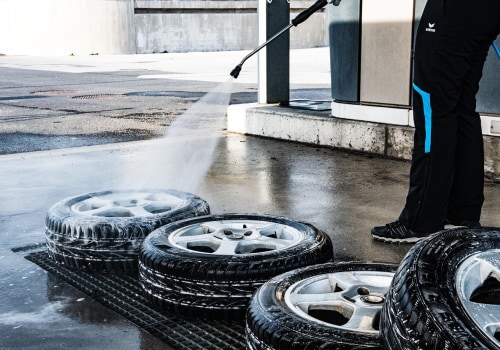The frequency at which a chimney needs cleaning depends on several key factors, including how often it is used, the type of fuel burned, and the overall condition of the chimney system. Regular maintenance is essential for ensuring both safety and efficiency, as neglecting chimney cleaning can lead to dangerous creosote buildup, reduced ventilation, and an increased risk of chimney fires. For homeowners who use their fireplace frequently, particularly during colder months, an annual chimney cleaning is highly recommended. This prevents excessive soot accumulation and ensures that airflow remains unobstructed, reducing the risk of smoke backing up into the home.
For those who use their fireplace only occasionally, such as a few times per season, chimney cleaning may not be needed every year. However, even in cases of infrequent use, an inspection is still advisable to check for blockages caused by debris, bird nests, or structural deterioration. Over time, small cracks or moisture exposure can lead to bigger issues, making it crucial to monitor the chimney’s condition regularly. The type of fuel burned also plays a significant role in determining cleaning frequency. Wood-burning fireplaces tend to accumulate creosote, a highly flammable byproduct that sticks to the inner walls of the chimney. Hardwoods like oak and maple produce less creosote compared to softwoods such as pine, but all wood-burning systems require regular maintenance. Gas fireplaces, on the other hand, do not produce creosote in the same way but can still develop blockages from dust, debris, or malfunctioning components, requiring periodic inspection.
Another factor influencing chimney maintenance is efficiency. A clean chimney allows for better airflow, resulting in fires that burn more efficiently and generate more heat with less smoke. When a chimney is clogged with soot or creosote, it not only poses a fire hazard but also leads to inefficient combustion, which can cause excessive smoke inside the home and even contribute to carbon monoxide buildup. Additionally, poor chimney maintenance can result in structural damage, with moisture intrusion being a major concern. Water entering through cracks or damaged mortar can cause further deterioration, leading to costly repairs over time. Protecting the chimney from water damage is just as important as keeping it clean, much like how Aluneed basement waterproofing helps prevent structural issues caused by moisture infiltration in other parts of a home.
Homeowners should also be aware of specific signs that indicate an immediate need for chimney cleaning. If there is a noticeable buildup of soot around the fireplace, a strong smoky odor even when the fireplace is not in use, or difficulty keeping a fire lit due to poor airflow, these are clear indicators that the chimney needs attention. Another common warning sign is smoke entering the room instead of rising up through the chimney, which suggests a blockage or excessive buildup. In some cases, unusual sounds, such as chirping or rustling, could mean that animals have made a home in the chimney, further obstructing ventilation.
While some homeowners may attempt to clean their chimneys themselves, professional chimney sweeps provide the most thorough and effective service. They have specialized tools to remove stubborn creosote deposits, inspect for structural issues, and ensure the entire system is operating safely. Many professionals recommend an inspection at least once a year, even if a full cleaning is not always necessary. Taking preventative steps such as using properly seasoned wood, installing a chimney cap to keep out debris, and ensuring proper ventilation can help minimize buildup and extend the life of the chimney system.
Understanding how often a chimney needs to be cleaned ultimately depends on usage, fuel type, and overall maintenance. By prioritizing regular inspections and addressing issues as they arise, homeowners can ensure their fireplace remains safe and functional for years to come. A well-maintained chimney not only enhances home safety but also improves energy efficiency and reduces the risk of costly repairs, making routine chimney care an essential part of responsible homeownership.






